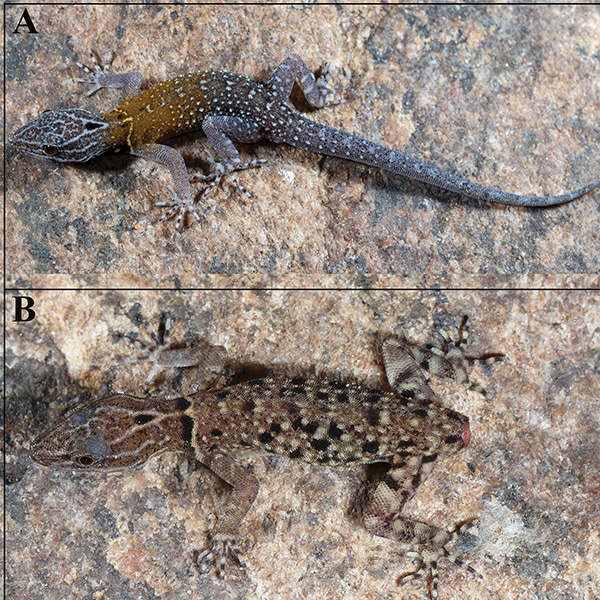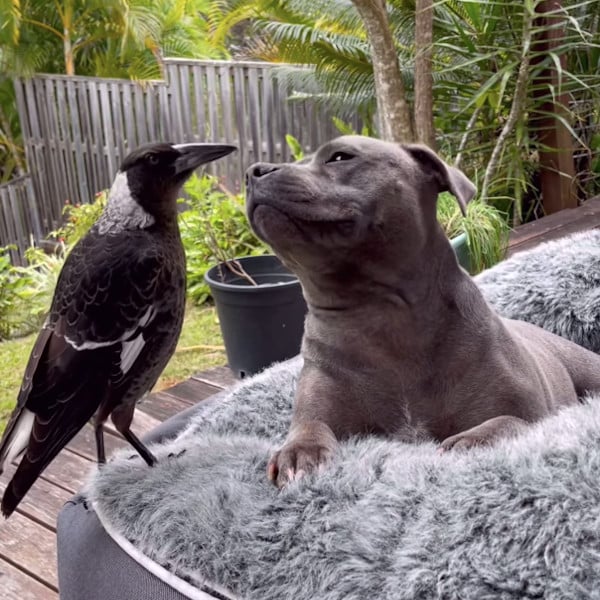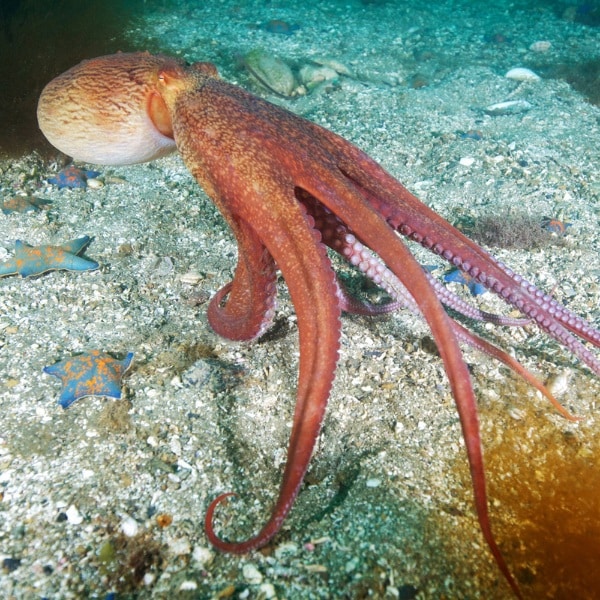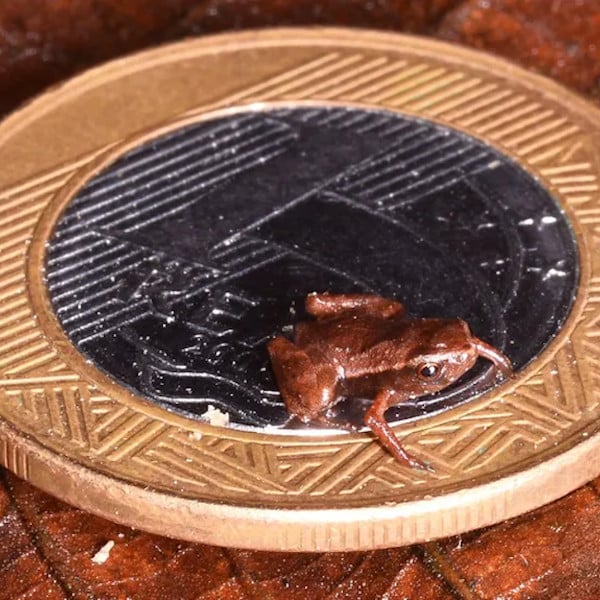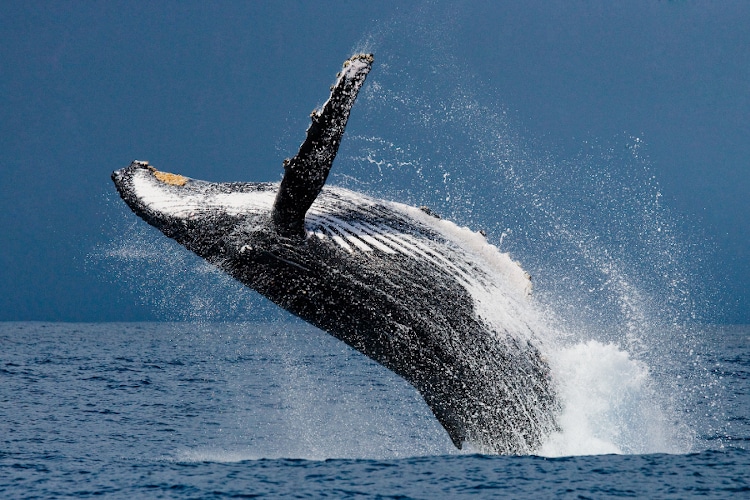
Photo: GUDKOVANDREY/Depositphotos
Being able to talk to animals sounds like a fictional childhood dream, but it seems mankind may have just taken the first step to make it a reality. Researchers from the SETI Institute—founded by astronomers Carl Sagan and Jill Tarter—report what may have been the first conversation between humans and humpback whales in the animal’s own language.
Visiting a humpback feeding area off the coast of Alaska, the researchers took a chance to engage in interspecies communication. “We believe this is the first such communicative exchange between humans and humpback whales in the humpback ‘language,'” said UC Davis research behaviorist Dr. Brenda McCowan, who collaborated with the SETI team on this endeavor. The goal in the long-term isn't any particular animal, but to look for anything helpful in case we someday interact with extraterrestrial societies—the main subject of study at SETI.
Dr. Laurance Doyle of the SETI Institute, a coauthor on the paper adds, “Because of current limitations on technology, an important assumption of the search for extraterrestrial intelligence is that extraterrestrials will be interested in making contact and so target human receivers. This important assumption is certainly supported by the behavior of humpback whales.”
To kickstart a conversation, the researchers played recorded whale noises—and much to their delight, a whale did pick up. “In response to a recorded humpback ‘contact' call played into the sea via an underwater speaker, a humpback whale named Twain approached and circled the team's boat,” the team reports, “while responding in a conversational style to the whale ‘greeting signal.' During the 20-minute exchange, Twain responded to each playback call and matched the interval variations between each signal.”
While it may sound like an unorthodox approach to learn about non-human communication, the researchers have a reason for it. “Similar to studying Antarctica as a proxy for Mars, the Whale-SETI team is studying intelligent, terrestrial, non-human communication systems to develop filters to apply to any extraterrestrial signals received,” they explain. “The mathematics of information theory to quantify communicative complexity—(for example rule structure embedded in a received message) will be utilized.”
Following this experiment, the scientists at SETI Institute will now study the non-audio communicative behavior of humpback whales, like the bubble rings made in the presence of (and possibly for) humans. With a litle luck, these study techniques may be the future of biology. The researchers add, “As such, this approach offers a more powerful tool for examining animal communication than traditional passive approaches by enabling the exploration of the interactive and dynamical features of communicative behavior.”
h/t: [Boing Boing]
Related Articles:
Drone Footage Captures Humpback Whales Creating Stunning Fibonacci Spirals in Water
Scientist Reunites With the Humpback Whale That Saved Her From a Shark
Friendly Whales Approach Two Paddlers in Puerto Madryn, Argentina
Striking Humpback Whale Photos Celebrate the “Ballerinas of the Sea”













































































